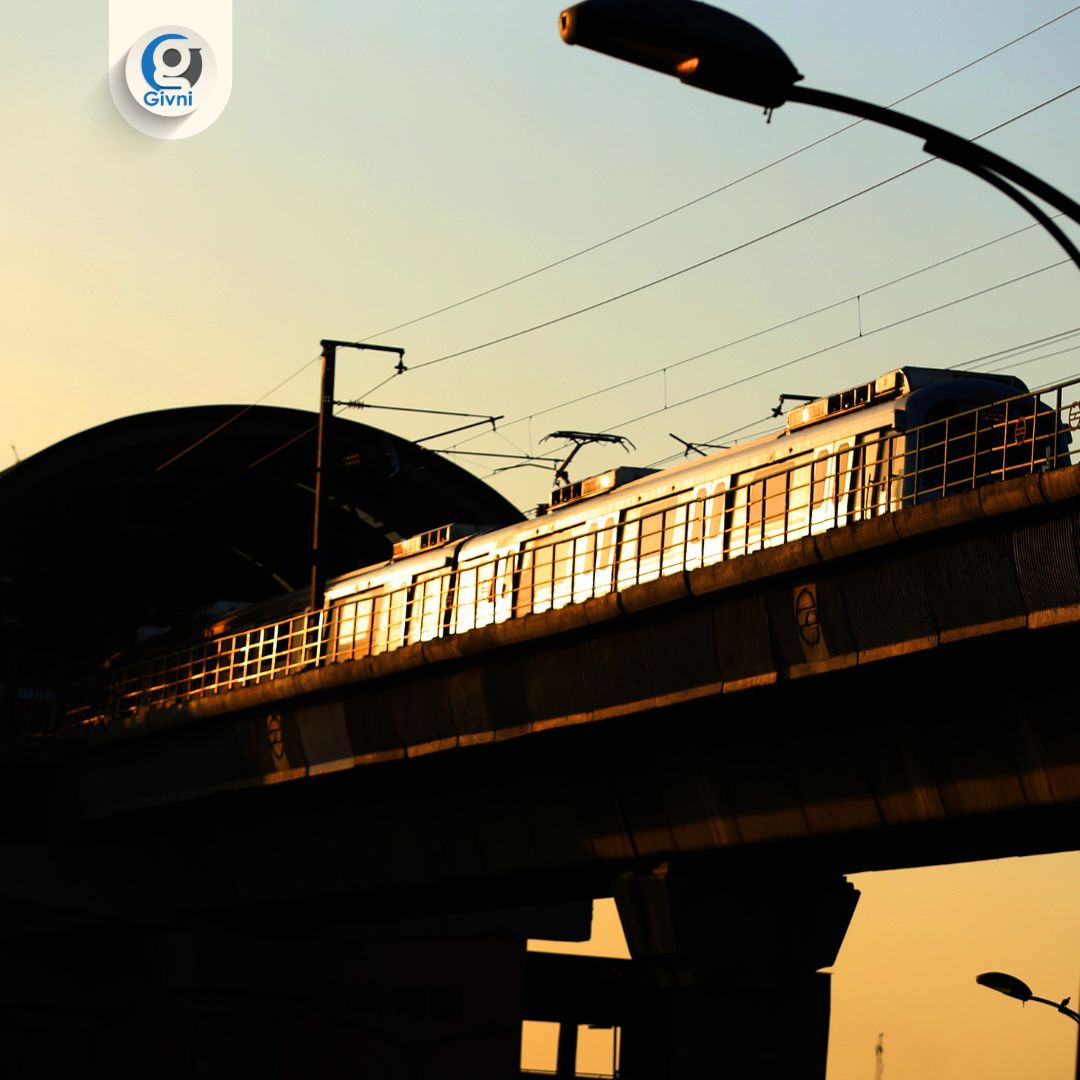Patna Metro: Transforming Bihar’s Capital into a Modern Urban Hub
Patna, the capital city of Bihar, is on the brink of a significant transformation with the ongoing development of the Patna Metro, a Mass Rapid Transit System (MRTS) aimed at alleviating traffic congestion, reducing pollution, and enhancing urban mobility. This ambitious project, estimated at ₹13,365 crore, is set to revolutionize the city's transportation landscape.
Overview of the Patna Metro Project
The Patna Metro project is being executed by the Patna Metro Rail Corporation Limited (PMRCL), a special purpose vehicle formed by the Government of Bihar. The project is being developed in phases, with the first phase comprising two corridors:
-
Corridor 1 (Red Line): Connecting Danapur Cantonment to Mithapur Bus Stand, covering a distance of approximately 31 kilometers.
-
Corridor 2 (Blue Line): Linking Patna Junction to Patliputra Bus Terminal (New ISBT), spanning about 14.564 kilometers.
The metro system is designed to have a total of 24 stations, with a mix of elevated and underground sections, aiming to serve over 1.2 million passengers daily upon completion.
Key Features and Benefits
1. Enhanced Connectivity
The metro will provide seamless connectivity across key areas of Patna, including educational institutions, commercial centers, and residential zones. Interchange stations at Patna Junction and Malahi Pakri will facilitate easy transfers between the two corridors, integrating the metro with existing transportation networks.
2. Environmental Sustainability
By promoting the use of public transport over private vehicles, the Patna Metro aims to reduce the city's carbon footprint. The project aligns with the government's commitment to sustainable development and environmental conservation.
3. Economic Growth
The metro project is expected to stimulate economic growth by improving access to businesses, attracting investments, and creating employment opportunities during and after construction. It will also enhance the real estate value along its corridors.
4. Technological Advancements
Incorporating state-of-the-art technology, the Patna Metro will feature automated ticketing systems, modern train control mechanisms, and energy-efficient trains, ensuring a safe and comfortable commuting experience.
Current Status and Timeline
As of September 2025, the construction of the Patna Metro is progressing steadily:
-
Corridor 1 (Red Line): Elevated sections are approximately 85% complete, with underground sections nearing 75% completion.
-
Corridor 2 (Blue Line): Elevated sections are about 90% complete, and underground sections are approximately 70% complete.
The first section of Corridor 1, covering Malahi Pakri to New ISBT, is expected to commence operations by March 2027, with the entire Phase 1 slated for completion by 2030.
Challenges and Mitigations
The project has encountered challenges typical of large-scale urban infrastructure developments, including land acquisition issues, coordination among various agencies, and unforeseen technical hurdles. However, the PMRCL is actively addressing these challenges through:
-
Streamlined approval processes
-
Enhanced stakeholder engagement
-
Adoption of advanced construction techniques
Future Prospects
Looking ahead, the Patna Metro is poised to significantly impact the city's urban dynamics:
-
Urban Planning: The metro will influence land use patterns, encouraging the development of transit-oriented zones and reducing urban sprawl.
-
Public Health: By reducing vehicular emissions, the metro will contribute to improved air quality and public health.
-
Social Inclusion: The metro will provide affordable and accessible transportation options for all segments of society, promoting social equity.
Conclusion
The Patna Metro stands as a testament to Bihar's commitment to modernizing its infrastructure and improving the quality of life for its residents. As the project progresses, it will not only redefine urban mobility in Patna but also set a benchmark for other cities in India. The successful implementation of the Patna Metro will pave the way for a more connected, sustainable, and prosperous future for the city and its inhabitants.







